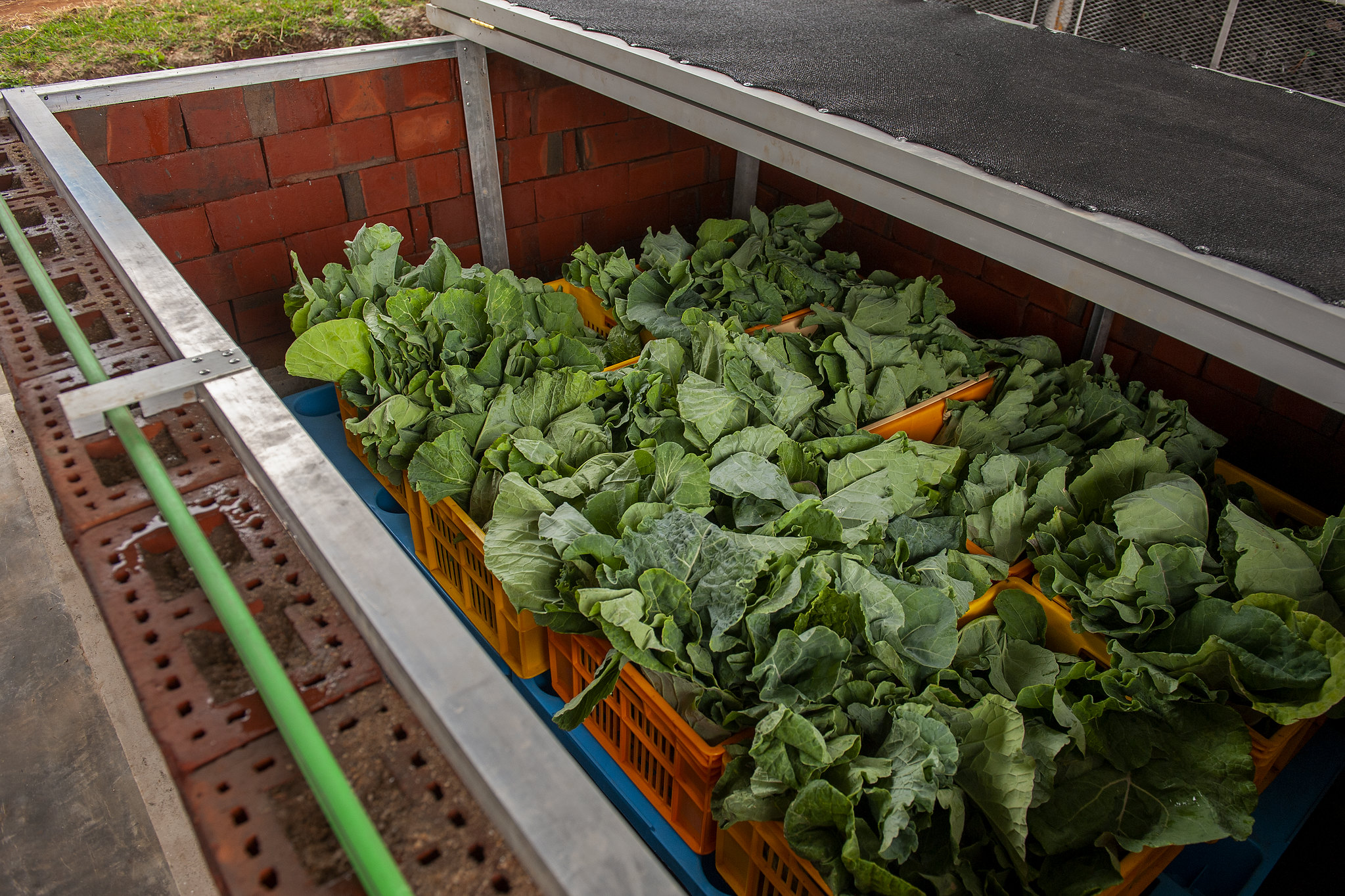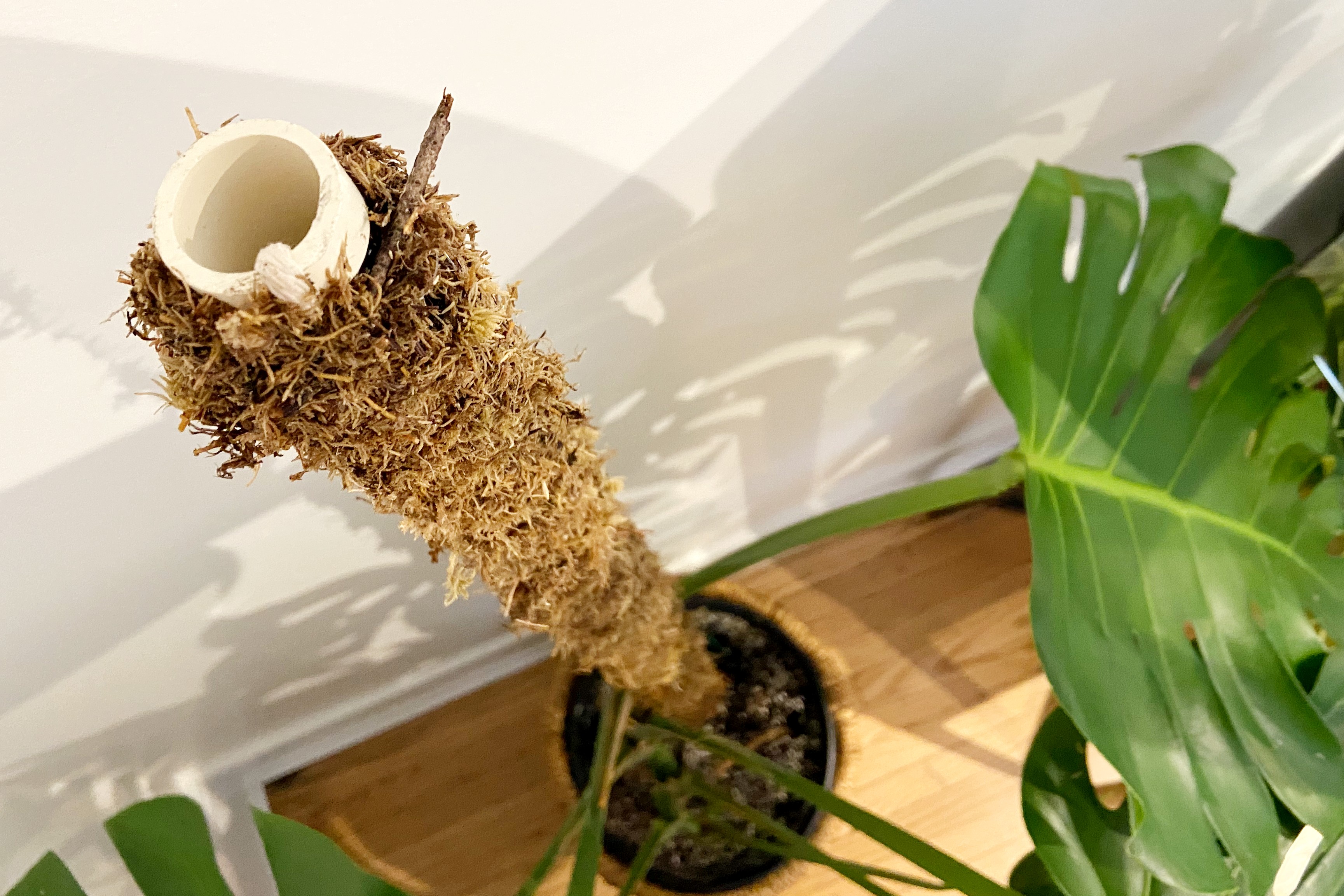Optimizing Cold Storage for Crops: A Data-Driven Guide to Preservation Efficiency

If you’ve ever watched a sunrise in farm country—where frost bites the edges of new spinach, and the day’s first harvest leaves hands damp and cold—you know that freshness is as fragile as glass. I learned this the hard way in my early days managing a small vegetable cooperative. My memory of that first season? Carrots wrinkling by market day, kales turning limp, and tomatoes oozing their disappointment onto wooden crates before they saw a single customer.

Cold storage changed everything—but not in the way most people think.
This isn’t another summary repeating “keep it cold, keep it humid.” Mastery comes from seeing cold storage as a living system: one that can be mapped, hacked, optimized, and personalized at every step… if you’re willing to leave behind generic advice for something deeper.
Let me take you inside the real secrets—from costly mistakes to breakthrough shortcuts—that turn cold rooms into engines of profit and pride.
The Pillar System: From Crop Chaos to Cold Storage Command
1. SNAPSHOT: THE WHOLE SYSTEM IN ONE PARAGRAPH
Picture this: It’s peak season. Your team hauls bins bursting with beans and greens straight from field to chiller—pre-cooled within 60 minutes using airflow tricks borrowed from commercial kitchens; each crop sorted by ethylene sensitivity like seating rivals at opposite ends of a banquet table. Every crate tracked with RFID tags, every temperature drop logged on your phone—even when storms knock out power, backup protocols hum into action without panic. Waste shrinks to single digits. Markets call YOU asking for inventory updates because everyone knows your produce travels better, lasts longer, earns more.
That’s what cold storage mastery really looks like.
2. THE REAL FOUNDATIONS (No More Folk Wisdom)
Respiration & Transpiration—Demystified With Real Numbers
In May 2017—a hot year—I measured spinach going from harvest temp (23°C) to 4°C within two hours versus six hours.
Result? Spoilage cut by 45% over ten days.
Miss that window even once, and no amount of humidity control will bring limp leaves back to life.
Every 10°C reduction halves respiration. That’s not theory—it’s why “cool soon” beats “cool eventually” every time.
Know Your Enemy: Ethylene & Microbes
Never forget the invisible drama inside every bin:
- Apples can double-speed ripen anything nearby ("I once ruined two hundred dollars’ worth of lettuce after storing Granny Smiths too close—never again…")
- Humidity is a dance between plumpness and rot; get sensors (€12 on AliExpress) instead of guessing with your thumb.
Modular Thinking: Choose Your System Like a Chef Picks Knives
- Tiny plot? Chest freezer with an override thermostat hack (costs $35 for the kit; converts basic freezers to chillers for crops).
- Mid-scale? Repurposed refrigerated containers—find ex-shipping units for half price during slow freight seasons.
- Off grid? Hybrid solar/diesel “cold box” cobbled together with local insulation panels + secondhand inverter fridges; we kept ours running four years without grid power.
- High-end game? Controlled atmosphere rooms (CO₂ flushes at dawn)—the difference between $0.50/lb apples abroad or $2/lb export-ready fruit.

3. BUILDING YOUR SYSTEM: BEGINNER TO BLACK-BELT IN FIVE MOVES
Step One: Get Ruthlessly Specific
Don’t settle for one-size-fits-none solutions:
- Write down exact volumes for peak week output per crop.
- Use digital scales at loading—instead of "eyeball" estimates—I gained two extra pallets worth of space just by switching crate sizes!
Step Two: Pre-Chill Field Heat – The Forgotten Shortcut
Your #1 trick isn’t storage—it’s removing heat fast before produce enters the room.
Borrow café logic: use $20 high-power fans under shade tents or dunk root crops in ice water baths (especially if you lack fast refrigeration).
Time saved per batch = shelf life gained later!
Step Three: Design With Flow In Mind
Think assembly line:
- Unload > sort > pre-cool > store
Put fast-perishers nearest entrance (easy access), long-storers further in (less disruption).
sketch out your layout on paper—or better yet, lay crates on your barn floor before committing $$$
I changed my plan three times after tripping over hoses I hadn’t thought through!
Step Four: Data Logging Is Your Insurance Policy
Cheap WiFi loggers (<$40 each) pay themselves back fivefold when you spot compressor glitches before disaster strikes.
Set up SMS/email alerts—even just using free services like IFTTT connected via Google Sheets.
Step Five: Backup Power Without Breaking The Bank
Forget full-sized generators unless you’re big league; instead:
- Prioritize which crops get saved first in outage (triage sheet taped inside door)
- Keep food-safe gel ice packs loaded in spare chest freezer—they hold temps below critical point for up to 8 hours if doors stay shut
One evening our backup failed mid-storm; we salvaged everything using only these packs plus strategic stacking!
4. DODGING DISASTER—AND TURNING PROBLEMS INTO SHORTCUTS
Classic Blunder #1: Storing everything together
Solution? Color-coding bins by ethylene class + sticky notes with reminders (“bananas KILL greens!”). Saved me three batches after late-night deliveries tempted shortcutting rules…
Classic Blunder #2: Mystery humidity swings
My fix was DIY—a cheap weather station drilled into doorframe connected via Zigbee radio to our message group—and suddenly we knew when leaks/fan failures happened overnight rather than next morning after losses set in.
Classic Blunder #3: Forgetting human factor
The best tech is useless if pickers throw warm squash on top of cooled berries! A training session—with tales of past disasters—beats silent instructional posters every single time.
5. ADVANCED MASTERIES & COUNTERINTUITIVE TRICKS
Here come the power moves nobody tells beginners:
Zoning For Shelf Life Amplification
Partition big rooms internally with simple plastic curtains or leftover plywood sheets.
Result? You make microclimates—for instance,
leafies near fan coils (0–2°C),
roots away from damp spots (6–8°C).

In my last rebuild we boosted shelf life by four days without new compressors—just smarter airflow management.
Batch Rotation Algorithm
Adopt grocery store FIFO principles but use colored stickers by arrival date;
train staff (and yourself!) always move oldest forward—not just what’s easiest to grab during frantic loading mornings.
One awkward chat where I found two-week-old kale hiding behind potatoes taught me never to trust memory alone...
Integrating Digital Inventory Apps
If you haven't tried FreshKeeper or AgriSense Mobile yet—they hook into barcode/QR codes stuck right on crates;
I automated end-of-day stock checks and cut “lost crate” syndrome nearly overnight.
Bonus? Traceability records impress buyers who see professionalism beyond sacks/paper notes!
Export Level Control Atmosphere Hacks
Too costly for some—but splitting rooms mid-season and running two different O₂/CO₂ regimes let us ship delicate strawberries while holding apples longer than anyone else at market… higher prices paid off gear cost in five months flat!
If budget tight try low-tech version—airtight bins + dry ice CO₂ charge overnight works surprisingly well short-term.
6. TOOLKIT & SUPPLIER PLAYBOOK – WHAT REALLY WORKS IN THE FIELD?
Essentials Checklist
- Polyurethane-insulated modular panels (local builder or Blue Star/Danfoss worldwide)
- Food-grade stackable bins/crates—always over-buy, best ones last five+ years!
- Dual thermometers & hygrometers per zone—belt-and-suspenders approach saves your bacon
- Basic WiFi data logger + SMS alert setup (£30–50 each)
- Manual fire/safety door release system! Too many forget this until they get locked out…
Accessory Shortcuts
- Headlamps for night checks
- Old gym towels near doorways trap condensation puddles before becoming skating rinks
- Whiteboard checklist near entrance (“Did you log temps today?”)
Suppliers Who Stand Up In Emergencies
When our ambient air unit seized up mid-season, Carrier’s tech arrived next day; SunDanzer battery kit shipped cross-continent faster than local quotes could answer email...
Lesson: Relationships matter more than sticker price if downtime costs thousands per hour!
7. STORIES FROM THE COLD FRONTLINES
The Night We Saved Forty Grand With Nothing But Ice Packs
January freeze knocked out our rural power lines—and both main/gen systems sputtered out after four hours... It was midnight scramble time:
We raided all backup gel packs,
stacked perishables densest against central wall,
and sealed off unused sections with shrink wrap sheets ripped from our own greenhouse stockpile.
Come morning not one bunch was lost—the whole crew still talks about that night as proof panicking less yields more than panicking more...
From Shed To Exporter In Three Seasons
Marisol—from Guaviare region Colombia—started chilling her passionfruit harvests using retrofitted fishing coolers powered by mismatched solar panels bought off Craigslist equivalent…
First year she supplied friends’ shops;
second year added mini controlled-atmosphere tent made from construction tarp + CO₂ bombs sourced from beer brewers;
by third season she’d landed her first container export deal—
tripled her profit margins without losing control back home.

8. RAPID TROUBLESHOOTER GUIDE – FIXES ON THE FLY
-
Temp keeps spiking midday?
- Check sun exposure/shade structure integrity outside AND clean fan blades weekly during peak dust season
-
Mold creeping along wall seams?
- Run fans after cleaning cycles—with doors propped open—for at least one hour; dry-out prevents comeback
-
Power bills through the roof?
- Test insulation thickness annually using IR thermometer gun borrowed from HVAC friend ($10 case of beer upgrades savings forever)
-
Can’t find source of spoilage patches?
- Audit crate rotations randomly every market loadout—sometimes culprit is missed bin left under pile since last week!
9. FROM PLAN TO PROOF – ACTIONABLE BLUEPRINT YOU CAN BEGIN THIS WEEK
-
List all harvest dates & peak quantities per key crop
- One sheet on wall changes planning forever
-
Visit someone else’s working facility—even snapshot photos spark ideas
-
Map workflow physically before spending money
-
Order sensors/loggers now—not “eventually”—and actually install them
- Set calendar reminder first morning pickings arrive
-
Test worst-case scenarios quarterly
- Game out blackouts/mystery breakdowns/“lost weekend keys”
-
Log everything daily—for six weeks straight—you’ll see patterns even books don’t describe
-
Share successes/fails openly—in WhatsApp groups/local markets—you’ll learn tenfold faster via crowd wisdom than trial alone
10. YOUR MASTER PATH FORWARD
Here’s what years on the chill-room frontline taught me:
You don’t need endless capital—or perfect conditions—to change your destiny post-harvest.
But you do need relentless curiosity,
a willingness to borrow good ideas shamelessly,
and courage to admit mistakes when things go sideways so others can help fix them faster than ego ever could...
Start tiny—but start LEGITIMATELY SYSTEMATICALLY:
Plan-paper-test-tweak-repeat—
And revisit plan each season until losses are lower than anyone believed possible—and profits higher than any spreadsheet promised at Day One...
Let others chase silver bullet gadgets,
While you build lasting systems nobody else has patience—or discipline—to maintain day after day.
Because real mastery isn’t about technology alone,
It’s about building habits AND sharing fixes so well even rookies want your advice next time power flickers or kales droop...
That sunrise over fields will always be beautiful—
but now it won’t haunt you with waste anymore… it’ll herald crisper greens,
brighter fruit,
and stories worth telling long after today’s crates are empty.
Take this blueprint,
adapt ruthlessly,
and make post-harvest pain part of history—not tomorrow’s problem.
Go build your own legend…one perfectly chilled batch at a time!



